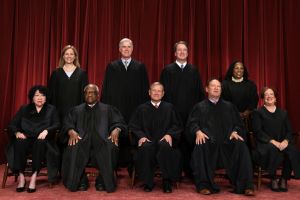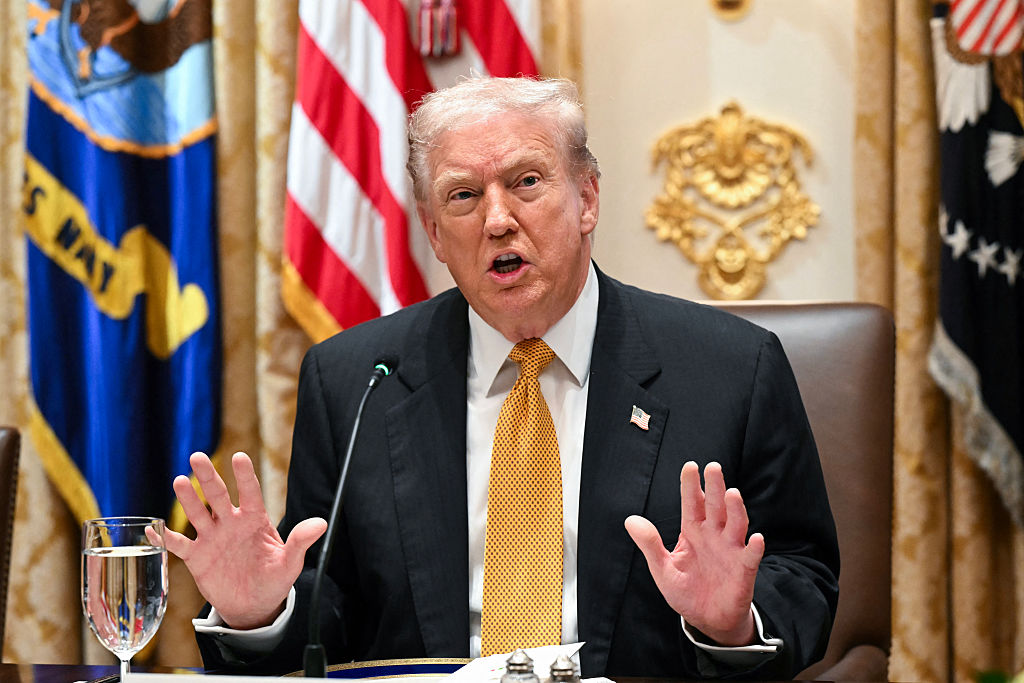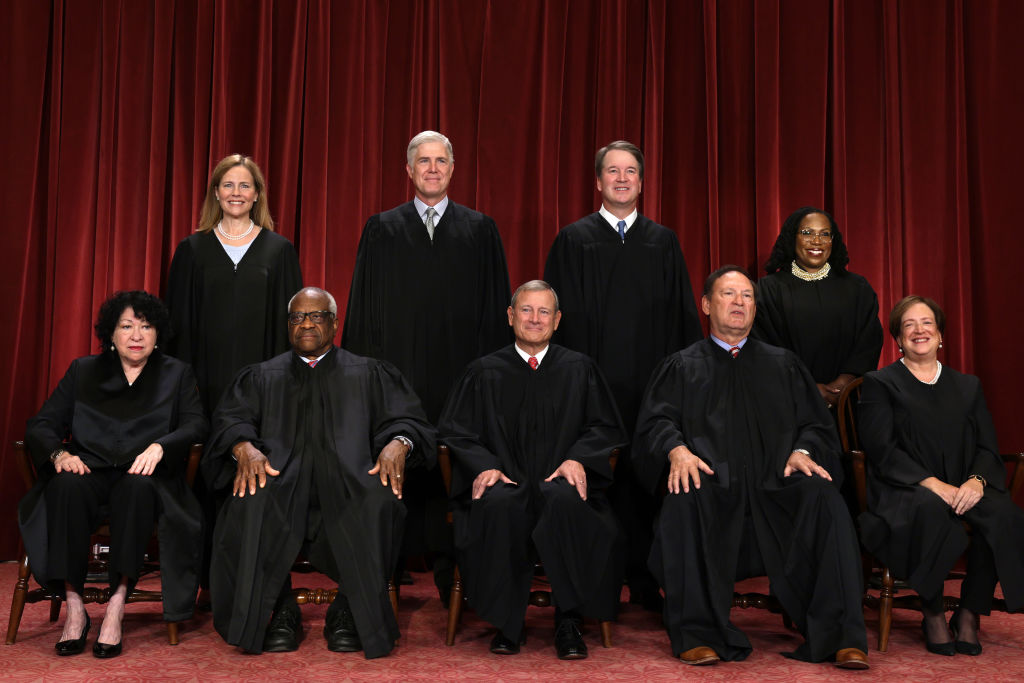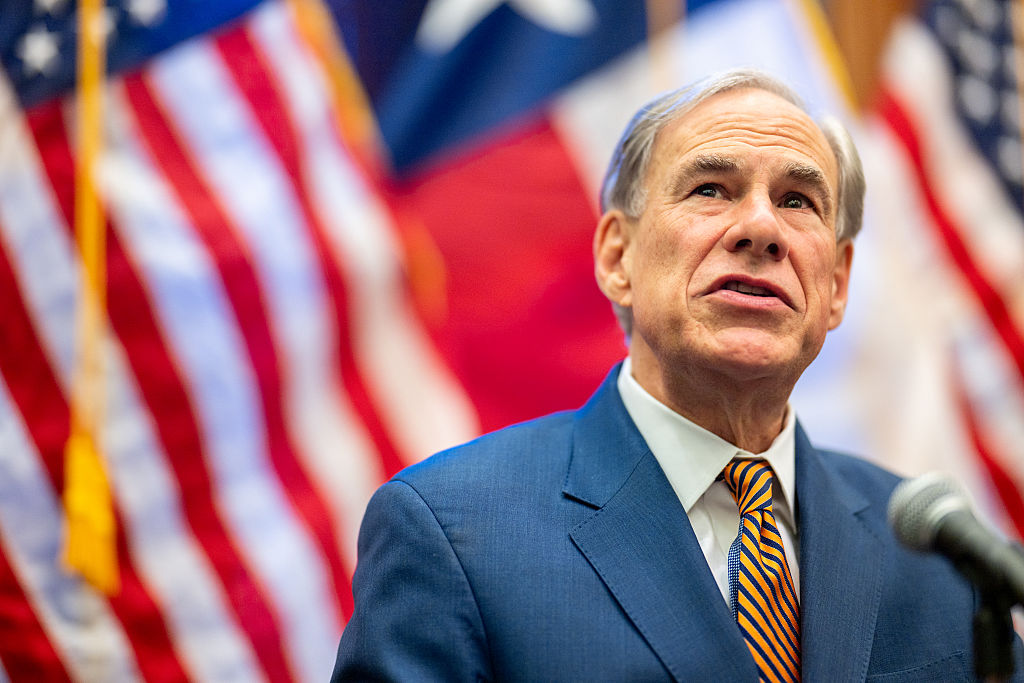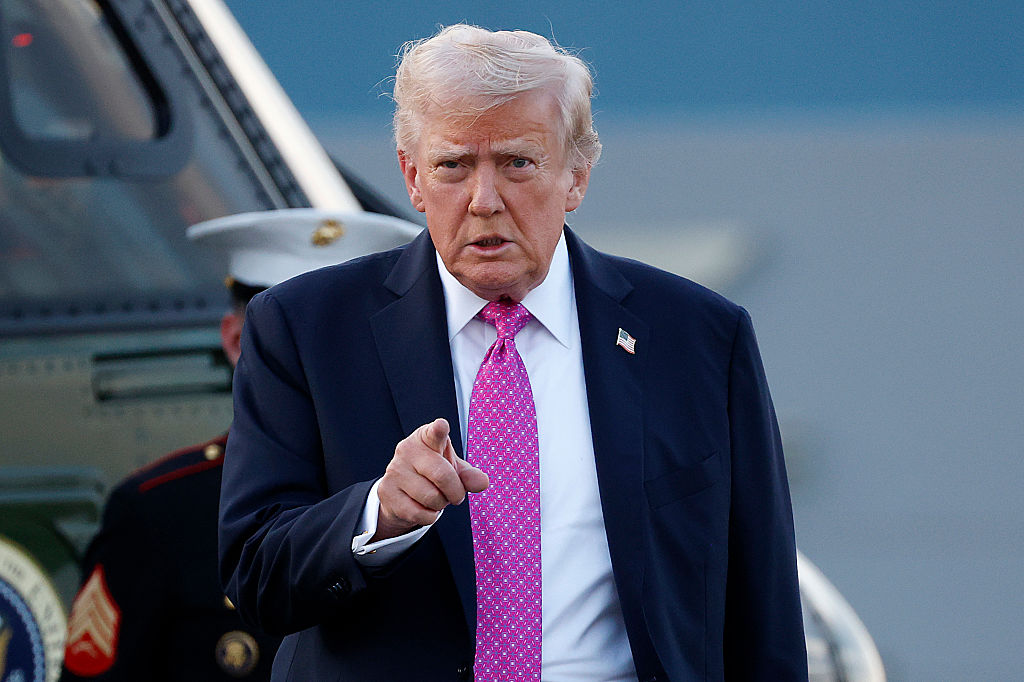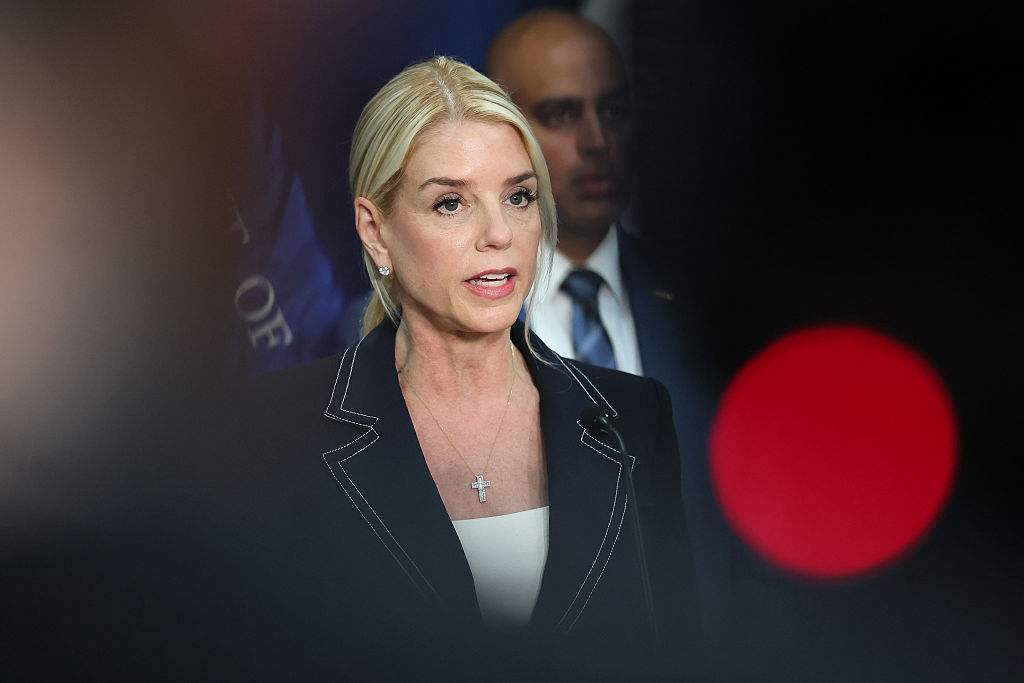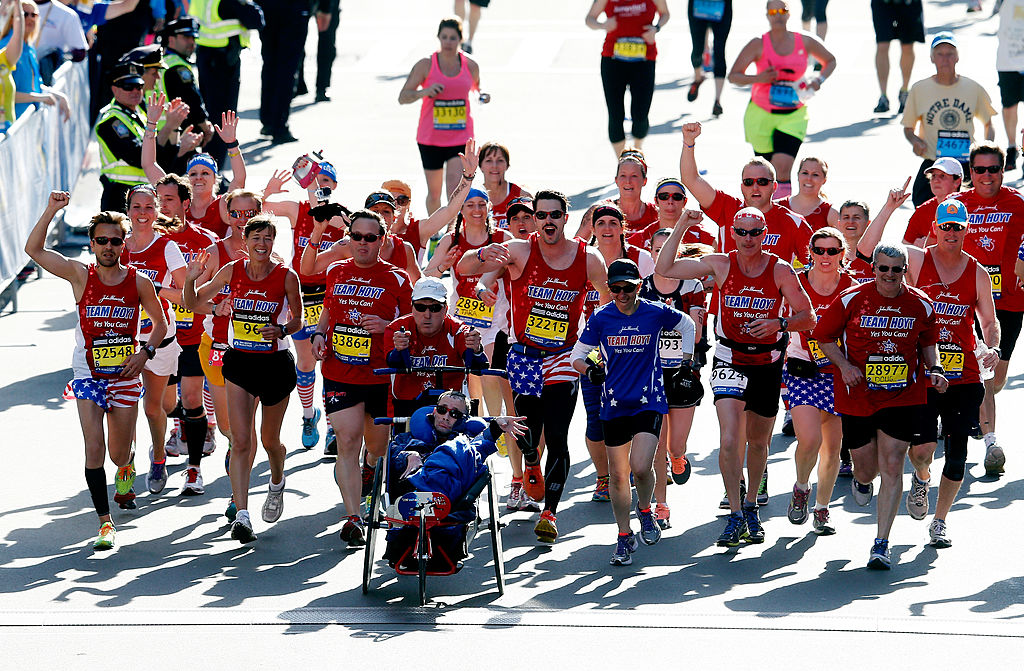Donald Trump is suing CNN for $475 million for defamation, claiming the network associated him with Adolf Hitler and portrayed him as a Russian lackey. E. Jean Carroll is in turn suing Trump for defamation in connection with him allegedly raping her. Mike “MyPillow” Lindell is being sued for $1.3 billion for defamation in connection with remarks he made about the 2020 presidential election being false.
And way outside politics in America, a foreign English teacher in Thailand faces two years in jail for defamation over a negative online review of a resort he stayed at.
What is defamation? Why is it so hard to prove in the United States but relatively easy to prove in most other countries?
Defamation is an untruth commonly referred to as libel if in print and slander if said out loud. Under current law, five standards (we’ll stick with libel but it’s basically the same for slander) have to be met to succeed: 1) the defamatory words have been published; 2) the person being defamed was identified by the statements; 3) the remarks had a negative impact on the person’s reputation; 4) the named defendant wrote the defamatory remarks; 5) the published information is demonstrably false or was published with a reckless disregard for the truth. That means it was published without investigating whether it was accurate. As we’ll see, that last criteria is very hard to prove in America.
The standard for libel cases between the media and public figures goes back to 1964’s Sullivan v. The New York Times Company, when the Supreme Court held that the First Amendment protects media even when they publish false statements so long as they did not act with “actual malice.”
Civil rights leaders had run a full-page fundraising ad in the Times, describing in detail what they called “an unprecedented wave of terror” by police against peaceful demonstrators in Montgomery, Alabama. Not all the bad things they accused the cops of doing were true, making the police look worse than they were. So L.B. Sullivan, in charge of the cops in Montgomery, sued the New York Times for libel, claiming they printed something they knew was false in order to harm his reputation. In an Alabama court, Sullivan won and the New York Times was ordered to pay $500,000 in damages.
The Times appealed to the Supreme Court and won. In greater context, Sullivan freed northern journalists to aggressively cover racial issues in the south, shielded from the threat of libel suits. It represented a significant broadening of the First Amendment.
The Times argued broadly that if a newspaper had to check the accuracy of every criticism of every public official, a free press would be severely limited, and that the First Amendment required the margin of error to fall on the side of the media in the cases of public officials (things work differently if both parties are private citizens).
The Court responded by creating a new standard for libel of a public figure — “actual malice” — defined in short as having the knowledge that something was false or published with “reckless disregard” for truth. Justice William Brennan asserted America’s “profound national commitment to the principle that debate on public issues should be uninhibited, robust, and wide-open.”
Free and open debate about the conduct of public officials, the Court reasoned, was more important than occasional, factual errors that might damage officials’ reputations. The standards laid out in Sullivan are why the New York Times has not lost a libel case in America ever since. No other country has such high standards for libel, which is why a Thai resort could win its case over something as weak as an opinion about poor service.
A lot of journalism has gone downhill since Sullivan, and attitudes toward the media have changed. The media of 1964 set a goal of objectivity, or at least the appearance thereof. In 2022, places like the Times wear their partisanship as a badge of honor, and overtly mock people like Mike “MyPillow” Lindell. They spend years wallowing in stories of far-reaching importance with reckless disregard for the truth, whether that be fake WMDs in Iraq to kick off a war or Russiagate to try to bring down a president. The glory days of the Pentagon Papers, or the meticulous reporting on Watergate, are long gone.
The Supreme Court that wrote the liberal standards of Sullivan is also long gone. Last year, Justice Neil Gorsuch added his voice to an earlier statement by Justice Clarence Thomas questioning the standards set in Sullivan. Thomas, in a libel case dissent, specifically scolded the media over conspiracy theories and disinformation. He cited news reports on “the shooting at a pizza shop rumored to be the home of a Satanic child sex abuse ring” and a Times article involving “online posts falsely labeling someone a thief, a fraudster and a pedophile.” Thomas wrote that “instead of continuing to insulate those who perpetrate lies from traditional remedies like libel suits, we should give them only the protection the First Amendment requires.”
The new conservative court may have such a revised standard in mind, but not today. Lindell recently had a defamation appeal rejected by certiorari, when the Court refused to allow review of his decision from a lower court. Lindell is fighting a $1.3 billion defamation suit filed in federal court by US Dominion, a company that manufacturers voting machines used in several battleground states.
The company claims Lindell defamed them, accusing them of helping to rig the 2020 election. Lower courts were harsh in their judgment: “As a preliminary matter, a reasonable juror could conclude that the existence of a vast international conspiracy that is ignored by the government but proven by a spreadsheet on an internet blog is so inherently improbable that only a reckless man would believe it,” US District Judge Carl Nichols wrote in his opinion. Nichols stated that Lindell’s accusation met the standard of reckless disregard for the truth.
Justice Gorsuch noted in his own recent dissent (not in Lindell’s case) that in 1964 media was dominated by a handful of large operations that routinely “employed legions of investigative reporters, editors, and fact checkers… Network news has since lost most of its viewers. With their fall has come the rise of 24-hour cable news and online media platforms that monetize anything that garners clicks.”
Gorsuch is clear that this requires a reassessment of Sullivan, and for the first time in a long time has a conservative majority court seated around him perhaps ready to do so. Yet they seem to be waiting for a stronger case than Lindell’s (a libel case involving Sarah Palin was also not adjudicated to any new standard) and in doing so likely will condemn the MyPillow guy for his defamatory statements.












